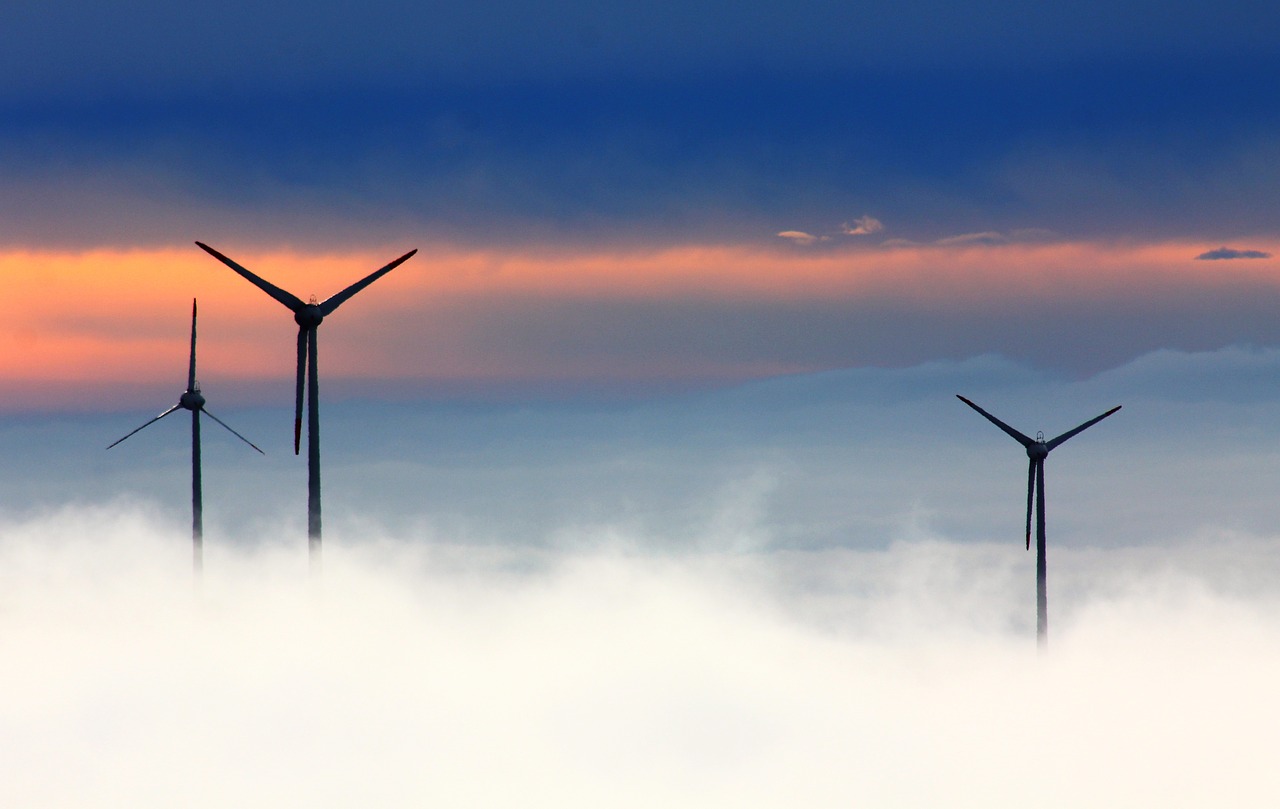The vast majority of wind power production in the U.S. is happening on land (a rare exception is a small commercial wind farm off the Rhode Island coast). Over the past decade, this production has tripled, becoming the largest source of renewable energy in the country. There are more than 56,800 wind turbines in 41 states and territories, generating more than 6 percent of the nation’s electricity, supporting more than 105,000 jobs and garnering billions of dollars in private and public investment.
In recent years the US Department of Energy laid out an ambitious plan to expand the nation’s wind sector into offshore waters.
But that implementation will not be as simple as it may seem.
Tomer Fishman and Thomas Graedel – a former post-doctoral student and a professor emeritus at Yale School of Forestry & Environmental Studies, respectively – challenged the DOE’s plan, focusing specifically on the environmental, economic, and geopolitical issues at play.
Turbines like the ones off of Rhode Island, Fishman said, are enormous; they’re as tall as the Washington Monument and have a blade diameter longer than a football field. These turbines also require incredibly powerful magnets that use the element neodymium, a rare-earth metal. And they require enormous amounts of it: roughly 2,000 pounds is needed to produce each magnet.
Fishman said that Nearly all of the world’s neodymium is mined in China, where costs are cheaper and environmental regulations are less stringent. The magnets are built in Japan, then shipped to France where they are fitted into the turbines. But each step along the way can cause a bottleneck in the supply chain.
Another problem can be the insufficient availability of neodymium. The U.S. has mined neodymium in the past at California’s Mountain Pass rare earth mine, but financial troubles and environmental concerns brought operations to a halt several years ago.
Fishman and Graedel sought to address the potential issues in their paper, putting specific calculations to the plans laid out by the DOE, and they said their calculations could kickstart a realistic conversation of internalizing production of these turbines, which they believe is possible with the proper management.
“What we’re doing now is creating a roadmap to navigate the timing and scale of production,” Fishman said. “We’re really starting from scratch, which give us the time to do it right and conduct more research. This is a good starting point.”






